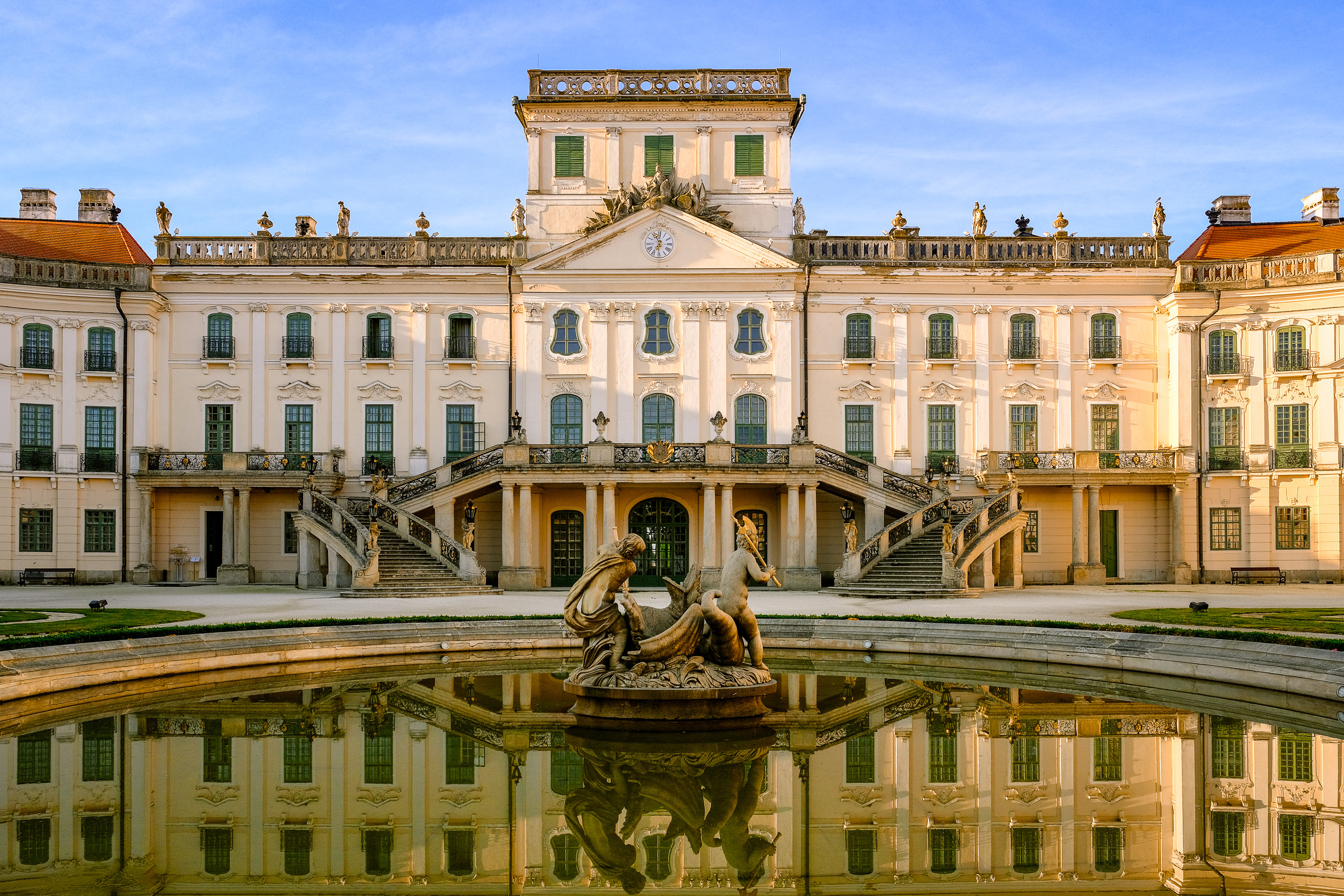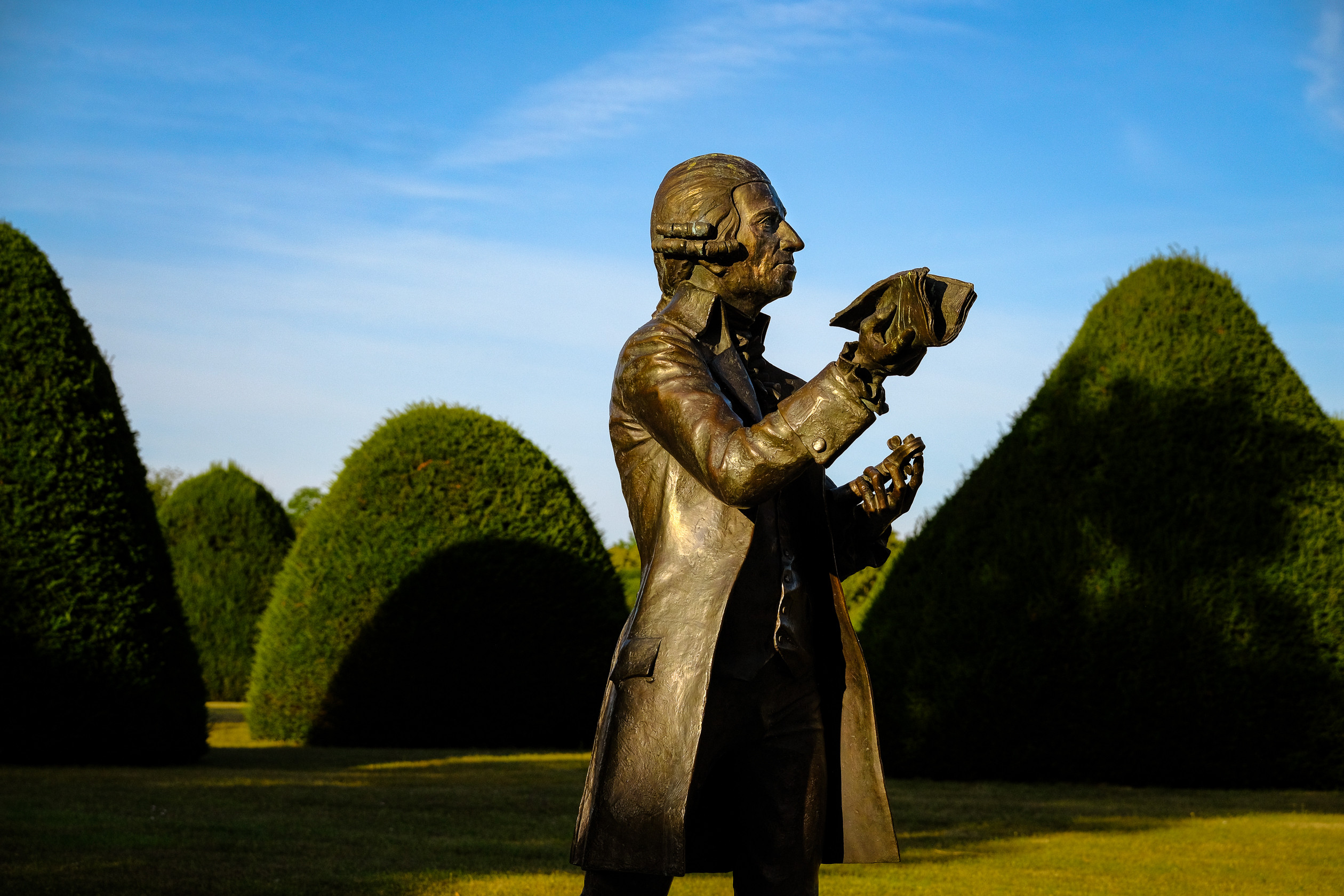The aim of the foundation, established by the Hungarian Government in 2021, is to continue the international efforts of the past 50 years to revitalise the Baroque and to support and popularise early music performance in Hungary by organising research, sheet music publication, training courses, concerts and performances. Its activities will focus on rediscovering, preserving and disseminating the Hungarian-linked repertoire from the Baroque, Viennese Classical and early romantic periods (1630-1830). Our aim is for a line-up of outstanding performers to dazzle concert-goers with an outstanding repertoire at festivals every year in Budapest, Eszterháza and elsewhere in Hungary, as well as abroad.

for early music
History and Mission

Haydneum Repertoire
First and foremost, our mission is to catalogue, research, publish and perform compositions written by composers active in the Hungarian territories. Our efforts are centred around the oeuvres of well-known masters (such as Joseph and Michael Haydn, Johann Nepomuk Hummel), and less well-known composers (like Gregor Joseph Werner, Johann Georg Albrechtsberger, Benedek Istvánffy, Frédéric Kalkbrenner, Johann Sigismund Kusser, Georg Christoph Strattner, Anton Zimmermann or Franz Wenzel Zivilhofer). Besides, Haydneum places particular emphasis on promoting Italian, German, French and English sheet music collections preserved in libraries and archives in Hungary; these manuscripts attest to the international cultural interactions between artists and compositions in the 17th, 18th and 19th centuries.

Eszterháza and Haydn
Without the enormously generous patronage, musical interests and expertise of Nicholas Esterházy, European music history would be very different. Haydn would probably have become a composer genius anywhere he went, but here in Hungary he was able to develop his art in a very special and supportive environment that was isolated from the rest of the world and was therefore conducive to experimenting. This made Eszterháza a centre of period high culture, whose shine lit up the whole of Europe.

Haydn's Work
A creator of styles and genres that inspired the whole of Europe, Joseph Haydn can be regarded as the most international composer of his time, who took every European capital from London, Berlin and Paris to Vienna by storm. While his activity may have obscured the reputation of many of his predecessors and contemporaries, they nevertheless owe him infinite recognition. In an effort to remedy the injustice of posterity, the Haydneum seeks to present Haydn and his oeuvre in a broader context that boasts remarkable personalities and splendid musical scores.

Copyright Haydneum, 2021. All rights reserved.
Developed with love by Pixel Ranger Studio Hungary.


